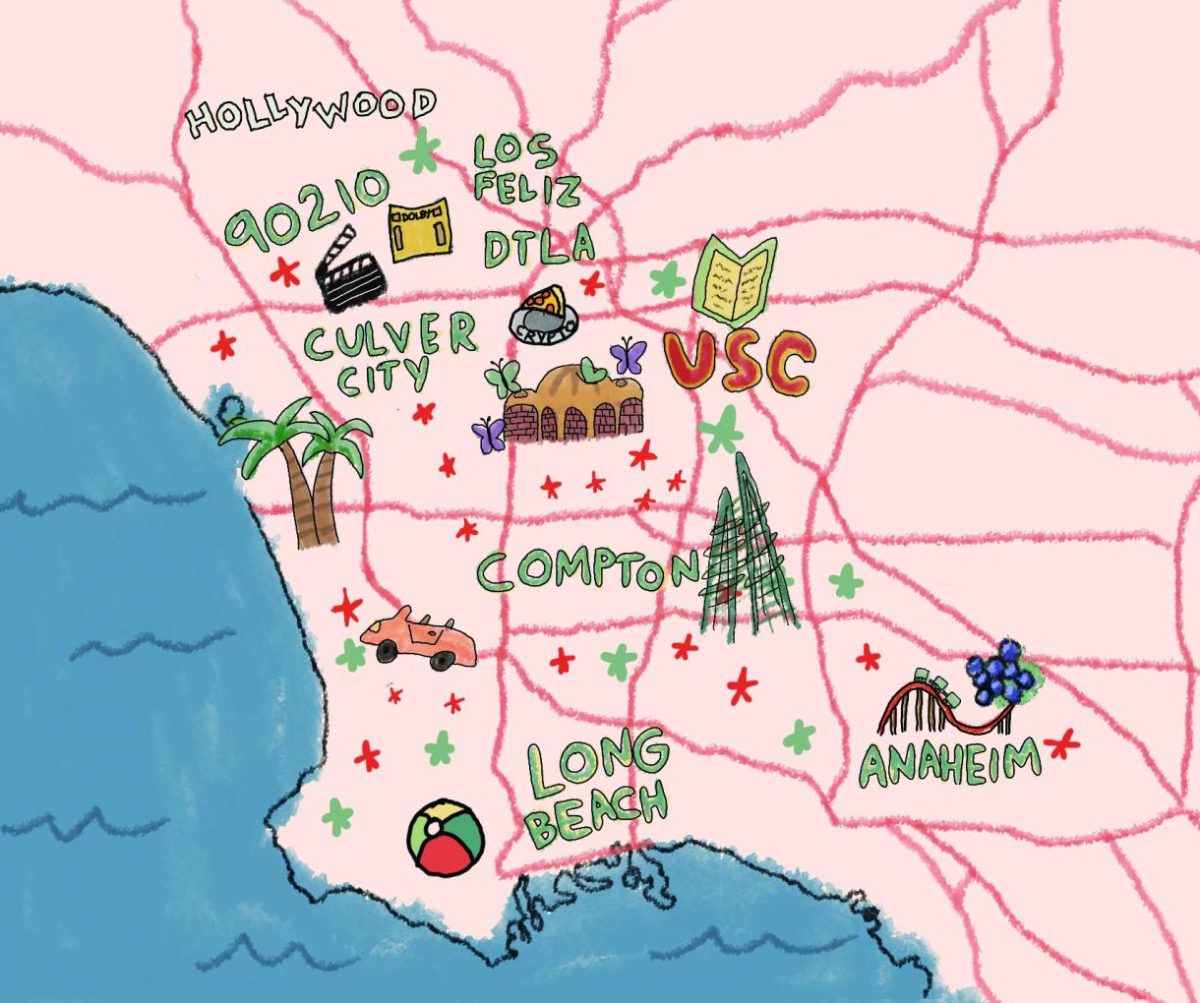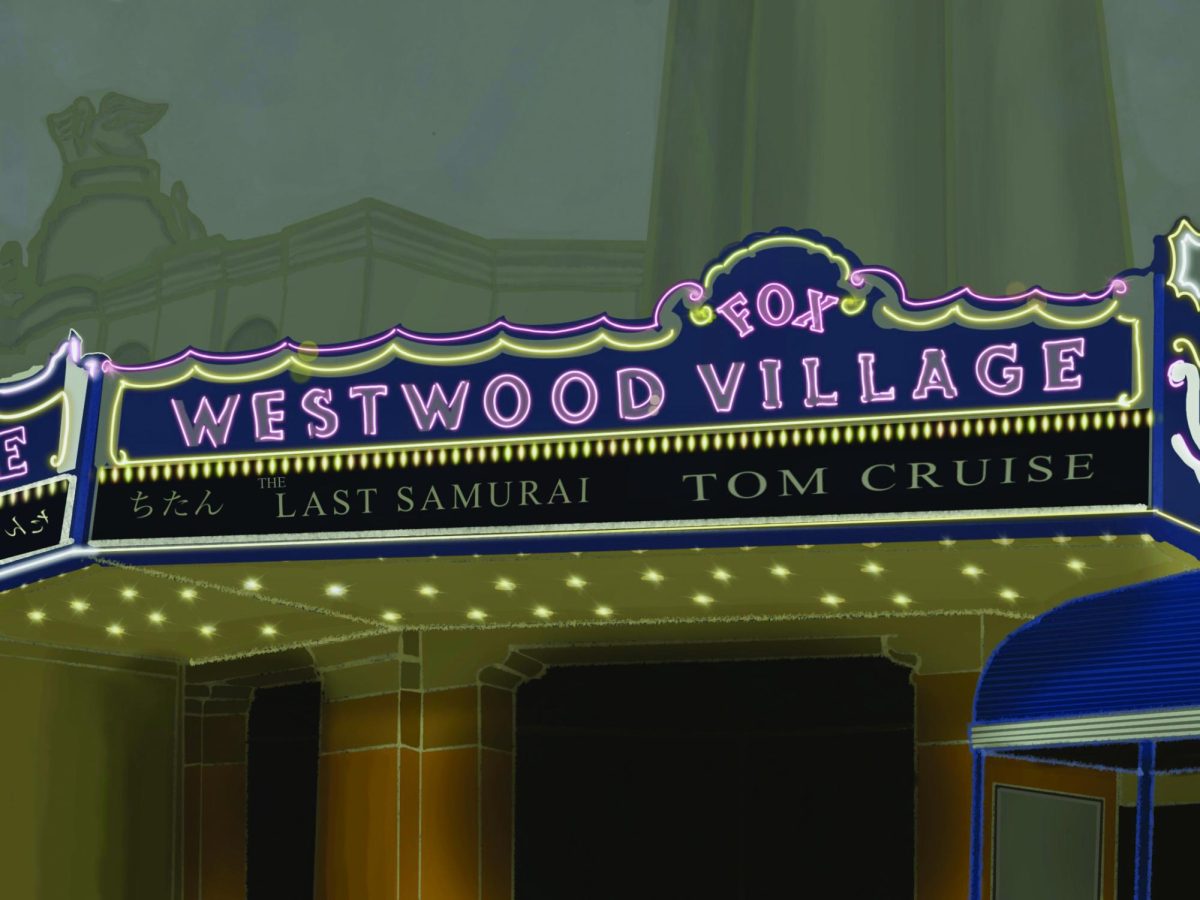
Guerin Winner spends full day with famed anchor
Cameramen and crew checked the lighting and input final data for the three teleprompters. The studio set for Al Punto was almost ready for taping, when everyone seemed to collectively utter the phrase: “He’s here!”
I’d been looking forward to this moment for nearly my whole life, but before I could register that this was all real, here he was.
Anchorman Jorge Ramos, lean and silver-haired, walked onto the set carrying his satchel bag in one hand, and his jacket and papers in the other. I didn’t know what to say, but he did.
He stretched out his arms and said, “Where’s Ileana?”
As winner of the Guerin Prize, I, with my faculty chaperone Amanda Kissinger, traveled May 23 to Miami, Fla., to spend the day behind the scenes at the Univision 34 and Telefutura 46 network studios and see how news television is made.
And our personal guide was none other than Ramos, the renowned broadcast journalist, and the hero I wrote about in my Guerin essay.
From that open-armed welcome, Ramos was generous with his time throughout the day. First we sat in on the taping of Al Punto, Ramos’s political talk show. During breaks, Ramos would enthusiastically call me over and show me the basics of how the teleprompters and his ear piece work.
Next we were led to the control room, from where we watched Ramos conduct a live satellite interview with Congressman Luis Gutierrez in Chicago over the recent Arizona 1070 law against illegal immigration.
We also learned how the station uses a machine called the Duet to create supers and super locators that appear on screen as images change from one interviewee to the next. For those who, like me, aren’t familiar with television jargon: supers are the names and titles of the people that flash on the bottom of the screen and the super locators say from where the person is being interviewed.
We also learned that an hour-long television show actually includes 44 minutes and 26 seconds of content built around commercial breaks, and to avoid cutting off an ad or an interview, every break must be accurate to 1/20th of a video frame – or 1/20th of a second.
Ramos next drove us to the Univision 34 studios where he showed us one of his favorite rooms: the satellite room. A wall of multi-colored lights blinked at me, and banks of screens flashed live video feed from all over the world. Ramos explained how these feeds are then passed on to the main control room where in seconds the producer can select clips to be used in the evening news at the touch of a button.
When Ramos went to record news briefs for the evening news, the late night news producer showed us another control room, the archives, and the “wire room,” where we learned that the entire building is built over a sea of thousands of wires powering the station.
We rejoined Ramos for our final destination: the desk where he presents the evening news. He showed us its hidden mini-screens, which let him see what else is being broadcast on other stations and a hidden computer screen on which he can look up any piece of news during breaks. All the while, I sat at the desk, fulfilling a childhood fantasy.
The day ended in Ramos’s office, where I got to interview him – a man who has interviewed many world leaders, including the past five U.S. presidents.
“The best part of journalism is to get to know the people who change the world and go to the
places where the world changes,” Ramos said.
After everything I saw and everything Ramos said in our interview, I realize a career in broadcast journalism is definitely the path I wish to follow.
From a distance, Ramos has been inspirational, but up close, I learned he is also, as most journalists ought to be, eager not only to learn more of the world but to also share this knowledge with others.



